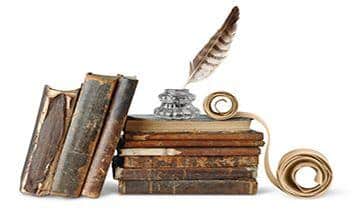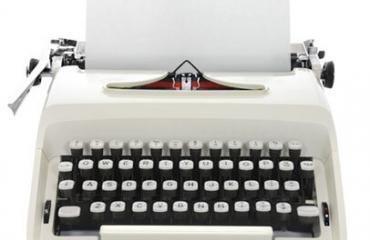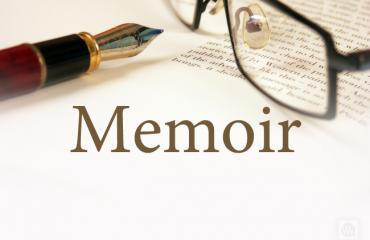
What is historical fiction? An accepted definition is that it is fiction set 50 or more years ago and requires a writer’s reliance on research. Sir Walter Scott in England began the genre we recognize as historical fiction, but its origins lie in the more distant past. Historical fiction’s appeal has not dulled over time, although it has reached new heights from the 1990s to the present.
Over time, this genre has developed more than 10 identifiable subgenres.
Traditional Historical Fiction
The traditional form is what is generally thought of as historical fiction. It typically has a historically accurate plot. Seminal examples among modern writers include Colleen McCullough’s “Masters of Rome” series, and Sharon Kay Penman’s books set in the Middle Ages of Great Britain and France.
Multi-Period Epics, Series, and Sagas
James Michener’s “Chesapeake” covered the history of a location from its Native American past to modern times. Norah Loft’s “The Suffolk Trilogy” covered the history of one house from the 14th century to the 1950s. The “North and South” trilogy by John Jakes is a saga of how the Civil War tests the ties of two families, a Northern family from Pennsylvania and a Southern one from South Carolina.
Historical Romantic Fiction
An example of historical romantic fiction is Anya Seton’s “Katherine” about a real-life love story between the Plantagenet John of Gaunt, Duke of Lancaster and Katherine Swynford, Geoffrey Chaucer’s sister-in-law.
Historical Western Fiction
These comprise stories about the American West. How they cover the subject matter has evolved since they were first written in the 1800s, shifting from an unsympathetic view of Native Americans to a more sympathetic perspective in recent time.
Mysteries, Thrillers, and Adventure Novels
An example of historical mysteries is Ellis Peters’ series about crime-solving Brother Cadfael, a twelfth-century monk and herbalist. Peters’ “Cadfael Chronicles” is credited with popularizing this subgenre.
Historical thrillers include “Enigma” by Robert Harris, “The Coffee Trader” by David Liss, and “The Alienist” by Caleb Carr. Bernard Cornwell’s series about Richard Sharpe is an example of historical adventure.
Time-Travel, Alternate Histories, Fantasy, Literary and Christian Novels
“The Shining Girls” by Lauren Beukes is a historical time-travel thriller, and Connie Willis’” Doomsday” is another example of time-travel historical novel. “The Years of Rice and Salt” by Kim Stanley Robinson is an example of an alternate history novel.
Michael Livingston’s “Shards of Heaven,” Tim Powers’ “On Stranger Tides,” and Susanna Clarke’s “Jonathan Strange and Mr. Norrell” are examples of historical fantasy. Catherine Marshall’s “Christy” is an example of a Christian historical fiction.
The appeal of reading about the past never fades. Inventive writers delight new generations of readers by finding endless inspiration.



